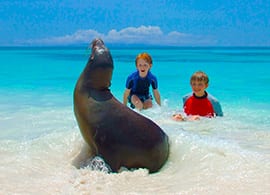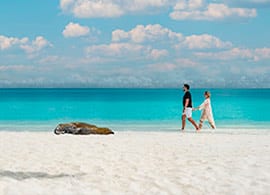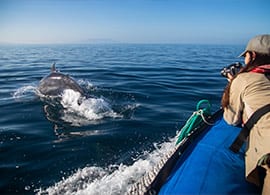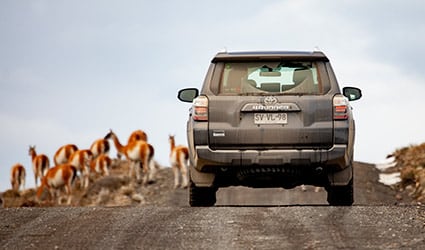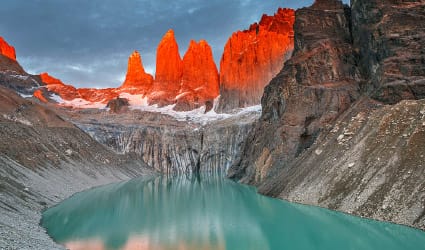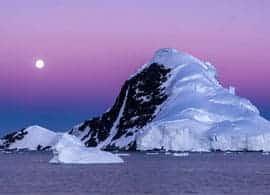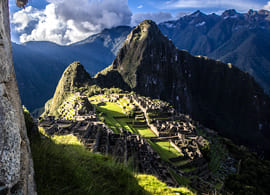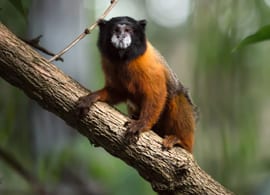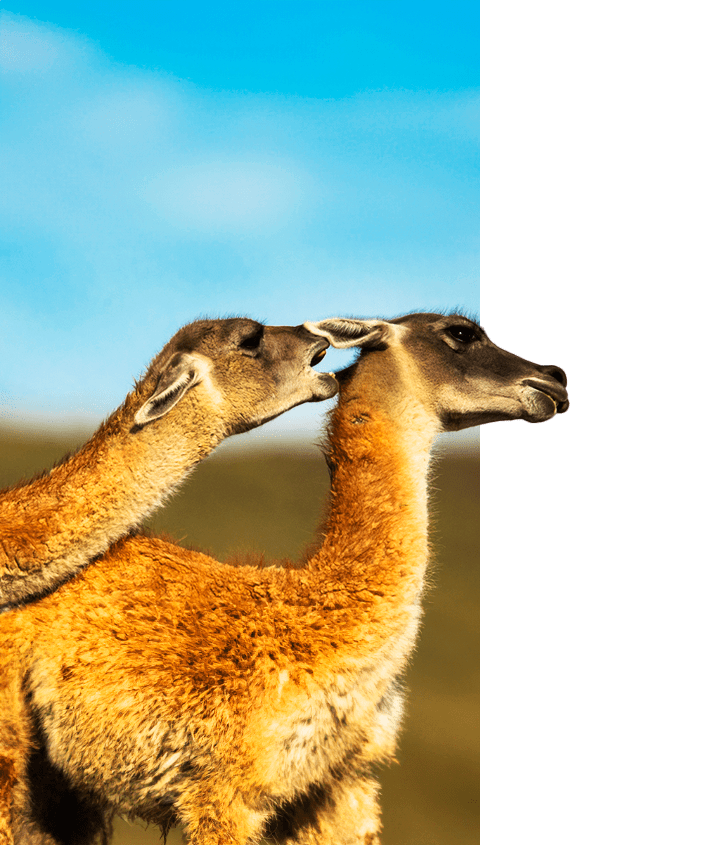
January is the prime time to explore Patagonia’s breathtaking wonders because it’s a season of pure paradoxes: wild yet mild climates, remote but inviting landscapes, and long days beckoning you to adventure for countless hours.
The region, sprawling across Chile and Argentina, reveals its full glory under the generous rays of the Southern Hemisphere’s sun. With mild and agreeable temperatures, Patagonia welcomes travelers to its iconic sights: the Los Glaciares National Park’s icy residents and the awe-inspiring wilderness of Torres del Paine National Park.
Whether you experience Patagonia through trekking, horseback riding, or stargazing, this majestic locale invites you to rediscover your sense of wonder. Let’s explore the many sights and thrilling activities you can participate in if you join the travelers visiting Patagonia during its peak season.
The Allure of the Peak Season in Patagonia
During the month of January, Patagonia enjoys exceptionally vibrant and lush weather. The long days—sometimes up to 18 hours of sunlight!—are ideal for overland adventuring. The season offers ample opportunities to hike the diverse terrain, from the frosty touch of its glaciers to the soft bloom of its wilderness. Animal life is also particularly active this month, with easily spotted highlights like guanacos and whales making it a top destination for nature lovers.
The climatic charm of Patagonia in January comes from its summer temperatures, which are the highest of the year. However, temperatures vary quite a bit given Patagonia's large size. Here’s a glimpse of the range you can expect when visiting Patagonia during the summer season:
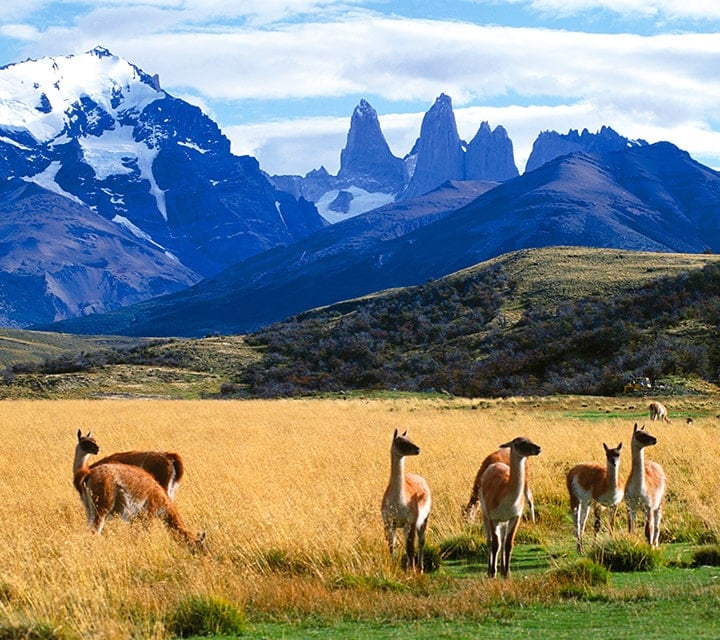
| Puenta Arenas, Chile | Torres del Paine, Chile | El Calafate, Argentina | El Chalten, Argentina | Los Glaciares, Argentina | |
|---|---|---|---|---|---|
| Avg. Day High | 12°C (54°F) |
15-20°C (59-77°F) |
17-20°C (63-68°F) |
15-18°C (59-64°F) |
15-18°C (59-64°F) |
| Avg. Night Low | 7°C (44°F) |
5-8°C (41-46°F) |
5-9°C (41-48°F) |
6-9°C (43-48°F) |
5-8°C (41-46°F) |
| Chance of rain | 42% | 18% | 23% | 50% | 18% |
| Rainy Days | 15 days | 6 days | 2 days | 23 days | 5 days |
| Sunrise | 6:00 AM | ||||
| Sunset | 9:59 PM | ||||
| Daylight Hours |
16 hours | ||||
Although we’re discussing summer in the Southern Hemisphere, this is not your typical tropical fare. Instead of sweltering heat, visitors are greeted with a mild, accommodating climate perfect for strolling in a light sweater or jacket. Patagonia typically enjoys daytime temperatures hovering between 5°C (41°F) and 16°C (61°F). In southern Patagonia, daily highs linger in the mid-50s, dropping to the 40s at night, making this an ideal time to spend time exploring.
This diverse but relaxed range of temperatures allows for a day of trekking without the weight of oppressive heat, a horseback ride without the frustrations of heavy clothing, and a night of stargazing without undue chill. Be mindful that the summer months are also when Patagonia's winds pick up, sometimes without warning—so it's best to bring some layers and light outdoor gear suitable for windy conditions.
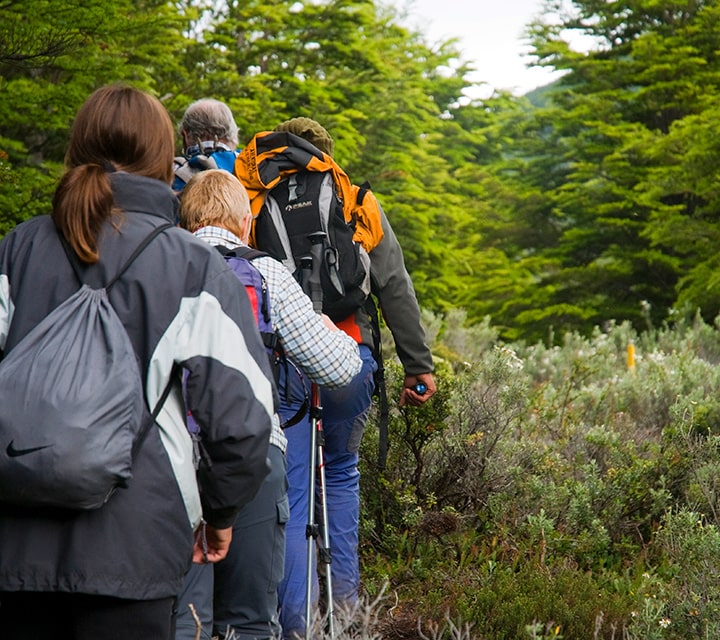
Key Patagonian Destinations in January
As the calendar flips over to a new year Patagonia reveals its full splendor, and nowhere is it more on display than in Torres del Paine and Los Glaciares National Park.
These jewels in the crown of Patagonia are more than mere tourist attractions—they’re unique natural marvels that are best experienced at the height of summer. Let’s venture into these remarkable locales and explore the characteristics that make visiting them in January a bucket-list adventure.
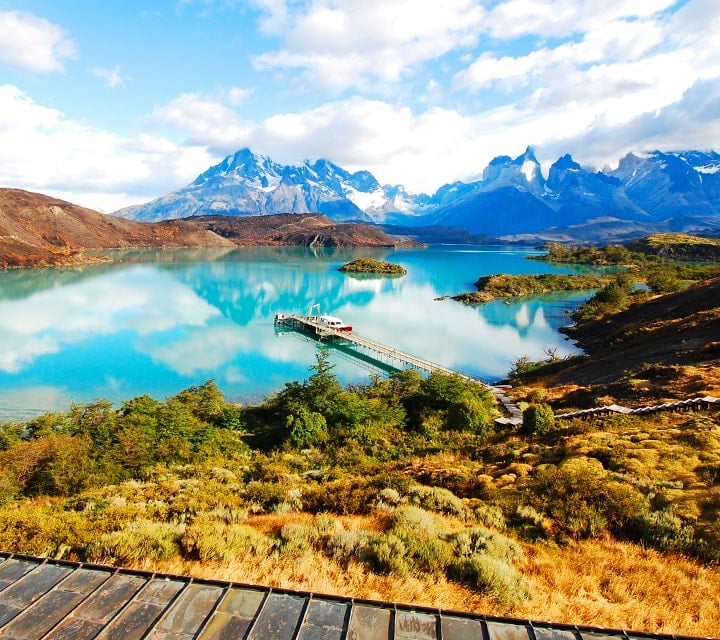
Torres del Paine National Park
In the peak of Patagonia's summer, Torres del Paine National Park serves as a sanctuary where nature’s artistry is on full display. Because January is the warmest month of the year in this area, active animals and lush flora surround its guests with verdant energy. There are endless opportunities for stunning photographs of the dramatic landscapes, vibrant blue lakes, and towering mountains.
For those seeking to traverse the park’s diverse terrain, the famed W Trek and Circuit Trek await. These open and accessible hikes are free from the typical chilly weather Patagonia is prone to during its cooler season. During the summer, the park boasts lush greenery, vibrant wildflowers in bloom, and extended daylight hours, creating a picturesque landscape. January is a great time for wildflower enthusiasts as many of the park's native plants are in bloom, adding color to the landscapes.
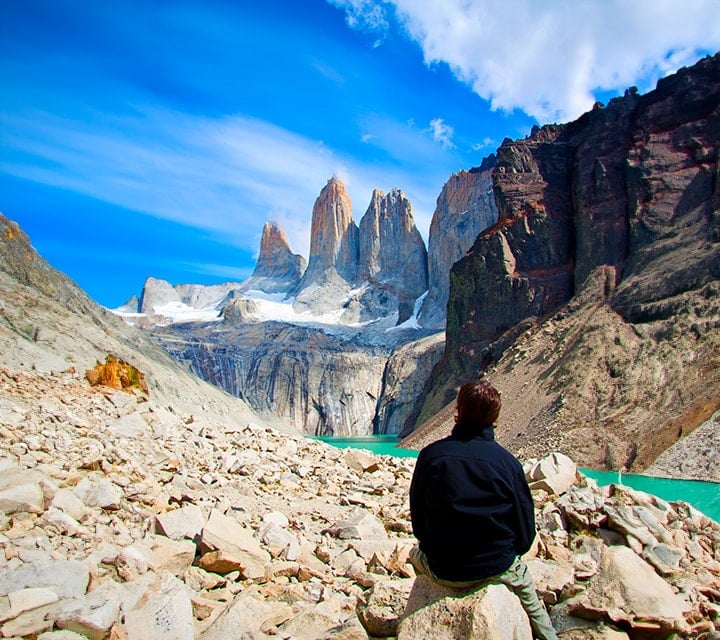
Here are just a few of the highlights you’ll experience by visiting Torres del Paine National Park during the height of summer:
Comfortable and Brisk Hiking Weather: Because of January’s warmth, you can hike in relative comfort thanks to temperatures ranging between 15-20°C. The trails are mostly snow-free, and you can access some of the more remote areas.
Abundant Daylight and Active Wildlife: The daylight hours can stretch to 17-18 hours each day, meaning you’ve plenty of time to see everything the park can offer. Animals are also up and about thanks to the increased daytime window, with local residents like guanacos, foxes, pumas, and many bird species appearing.
Countless Activities to Enjoy: You can embark on dozens of adventures in this park, from ascending to its iconic namesake pillars to swimming in the warm waters of Lake Pehoé. You can take the W Trek to get up close to Grey Glacier and the French Valley or book a boat tour to check out floating icebergs. Signature sights like Salto Grande, the most powerful waterfall in the park, offer plenty of photo opportunities for your trip.
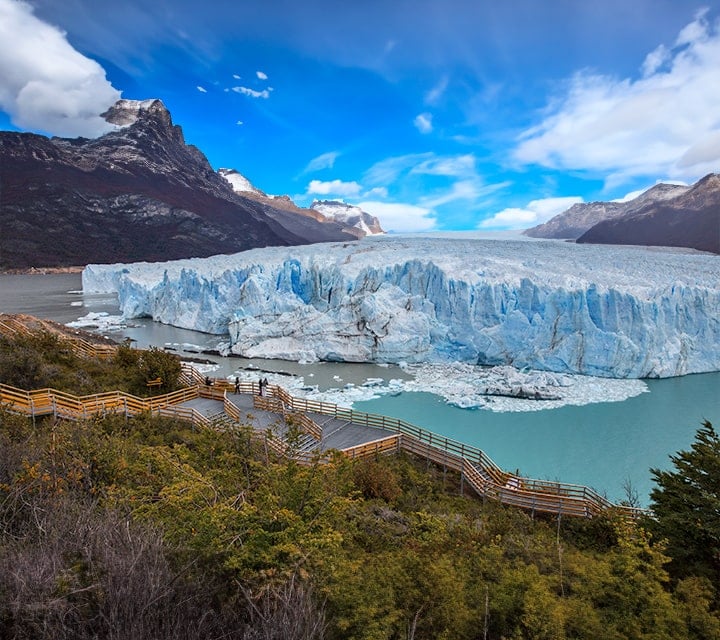
Los Glaciares National Park
Further south, Los Glaciares National Park presents a cool but equally inviting climate. Daytime highs gracefully climb to between 15-18°C (59-64°F), while nights cool down to around 5-8°C (41-46°F)—perfect for cozy evenings after a day of exploration.
January is the time when the park’s namesake glaciers are the most accessible. The Perito Moreno Glacier, a colossal river of ice, becomes the stage for the dramatic spectacle of ice calving, while the spires of Monte Fitz Roy stand sentinel under the summer sky. These are just a few of the amazing touchstones you can expect from a visit to Los Glaciares:
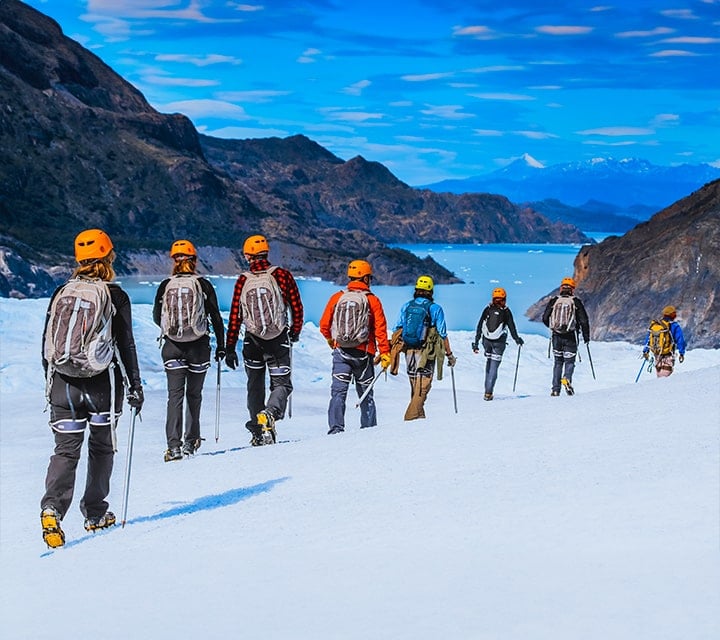
Glacier and Hiking Tours: From the town of El Calafate, you can day-trip to the Perito Moreno Glacier. You’ll witness many glaciers from a number of different vantage points via the network of strategically situated wooden walkways. Consider a visit to the town of El Chalten—the perfect starting point for routes with a number of trailheads that offer wonderful panoramic views of world-famous peaks like Monte Fitz Roy, Aguja Poincenot, and Cerro Torre. You can also explore the scenic trails around the glacier and enjoy the stunning vistas, including the trek to Laguna Capri and Laguna de los Tres.
Boat Tours and Wildlife Excursions: Similar to Torres del Paine, visitors can book a boat ride to navigate close to the glaciers for a waterborne experience. You’ll also have the opportunity to see guanacos, foxes, condors, and various bird species during your stay.
Hike to Monte Fitz Roy: Standing at 3,405 meters, this iconic peak offers breathtaking views of the surrounding glaciers and lakes. As you ascend, you'll be surrounded by stunning landscapes, including crystal-clear lakes, lush forests, and towering granite peaks. The panoramic views of the Southern Patagonian Ice Field will leave you in awe, so don't forget to bring your camera!
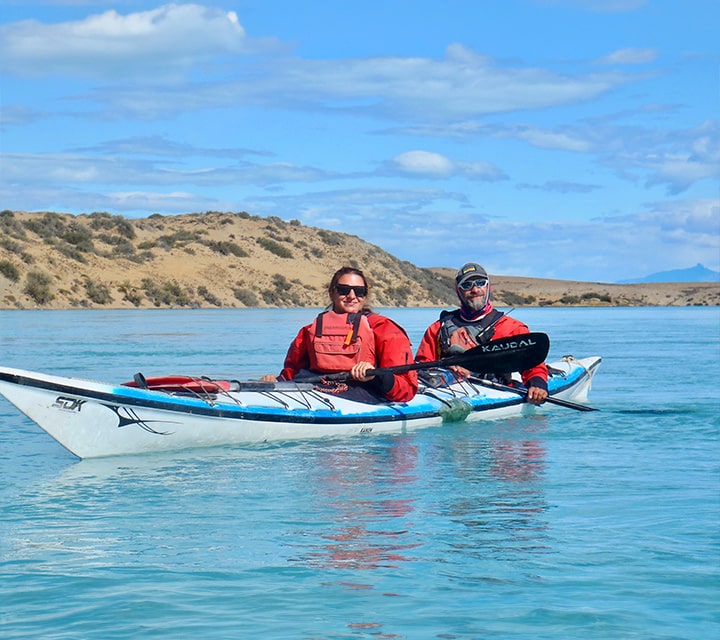
Why Visit Patagonia in January?
While January is a popular time to visit, it's less crowded compared to the peak tourist season of December. This can create a more peaceful and enjoyable experience as you explore the park's natural beauty. January also offers excellent weather conditions for exploring the glacier landscapes and engaging in various outdoor activities in Los Glaciares National Park and Torres del Paine National Park.
When you visit either of these incredible natural wonders, you can enjoy various activities ranging from kayaking to horse riding, mountain biking to ice hiking. For anglers looking to travel, this is also the best fishing season. The long daylight hours provide for lengthy days filled with fun and adventure, minus the chilly temperatures found throughout the rest of the year.
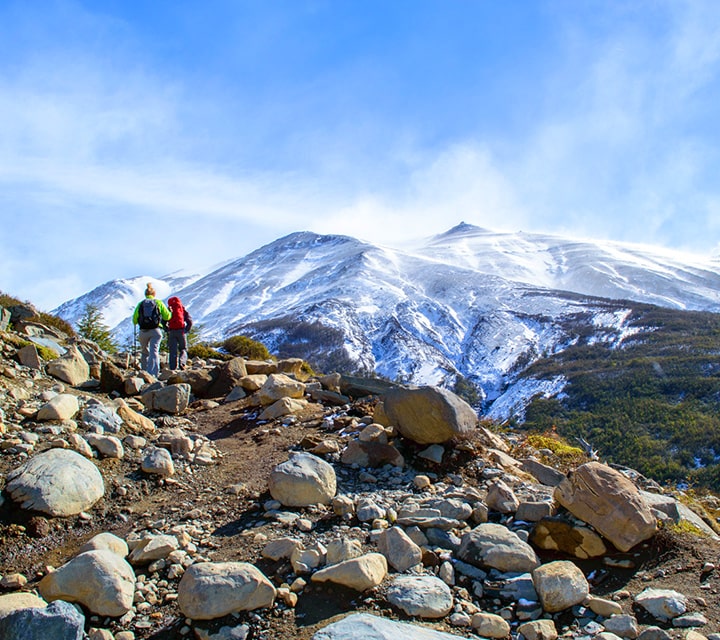
This guide is a mere snapshot of Patagonia’s January spectacle. While we aim to equip ambitious travelers with a glimpse of their upcoming adventure, the only way to fully immerse yourself in Patagonia’s summer splendor is to go there yourself. Ready to trek through stunning natural beauty, camera in hand, as you capture glaciers calving in thunderous applause? Then it’s time to accept Patagonia’s open invitation to visit in January, the peak time to take in everything the region offers. To learn more, visit Patagonia Weather.


